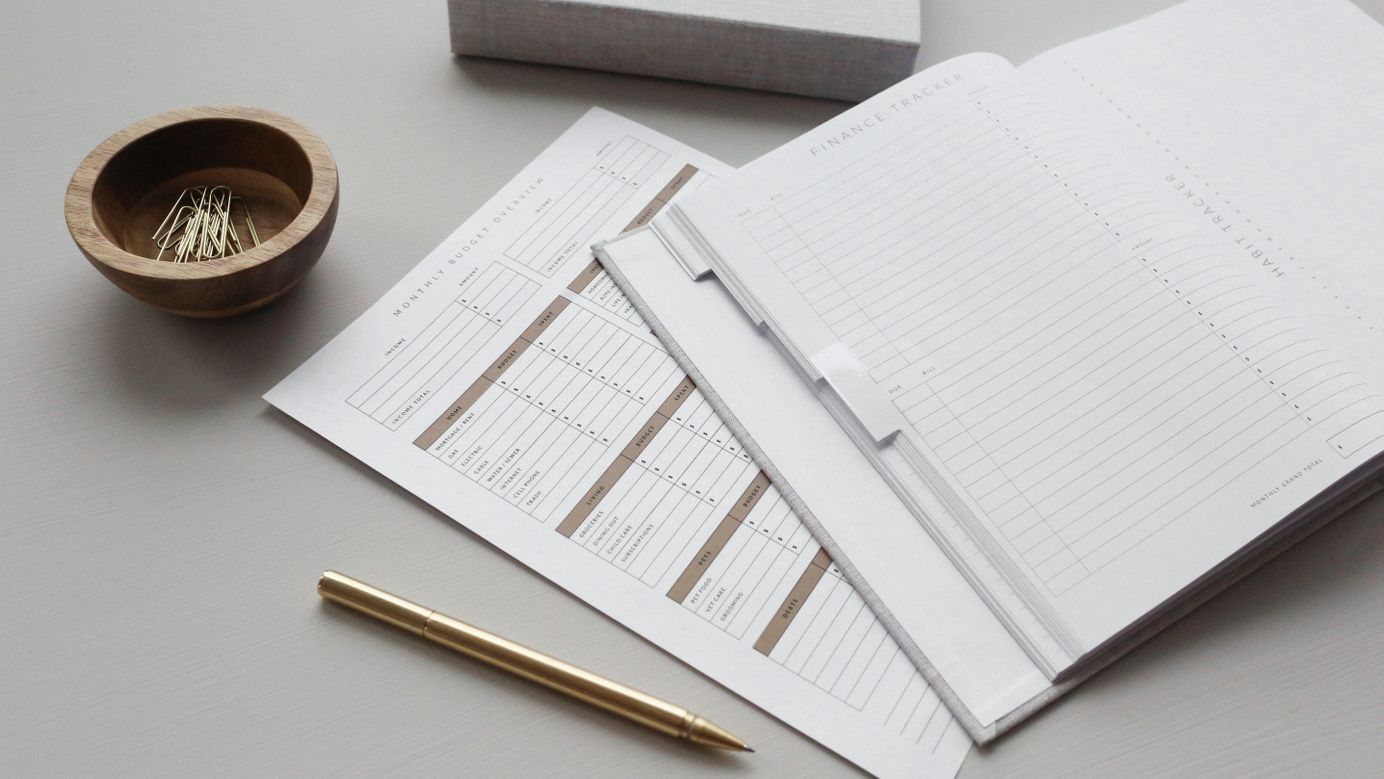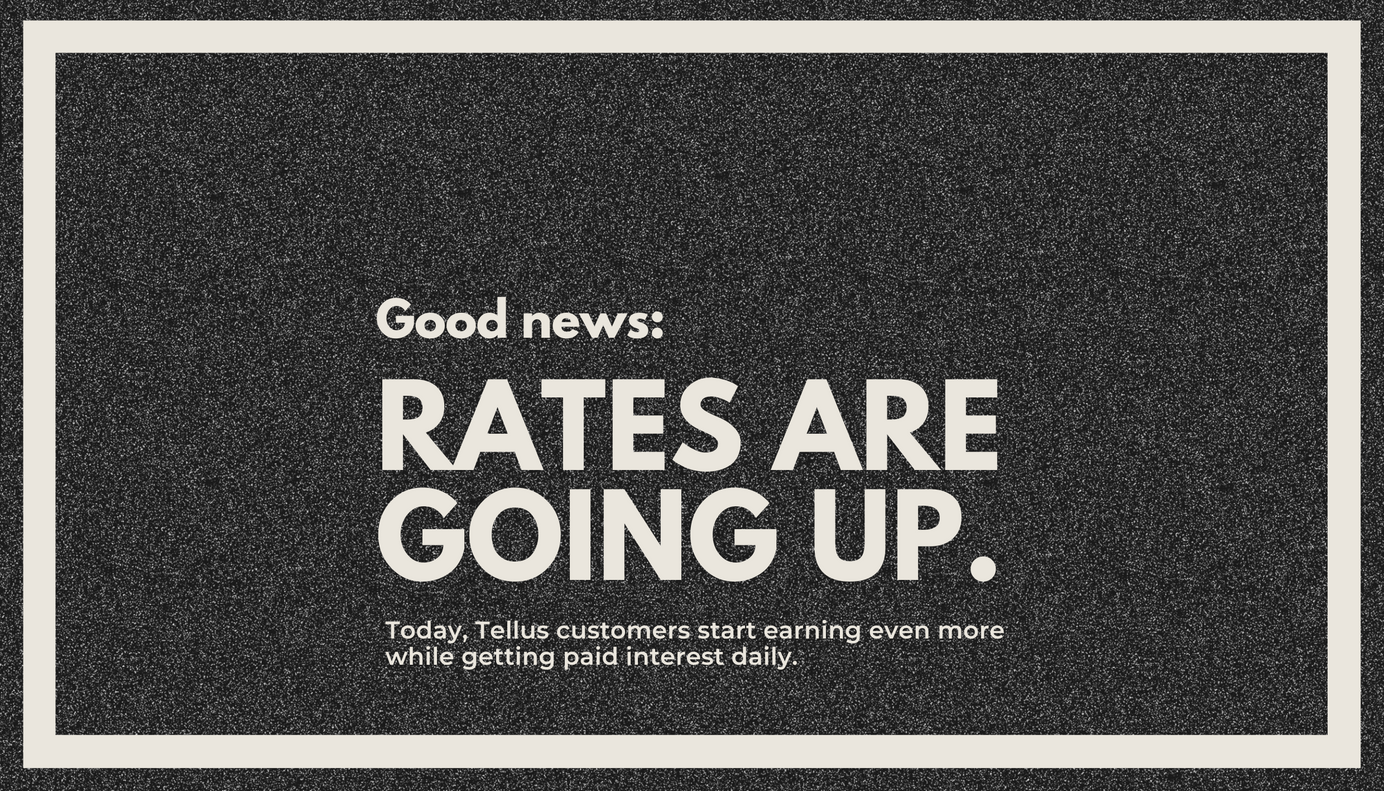
How to Build a Budget
One crucial way you can organize your finances is by building a budget. Although daunting at first, it's easier than you might think. A simple budget is all you need to get started.
Last week, I discussed the importance of financial independence and some basic ways you can get started. One crucial way you can get yourself organized is by building a budget. Although daunting at first, this is easier than you might think. A simple budget is all you need to get started organizing your finances and getting ahead.
Step 1: Start Thinking About your Financial Goals
Why are you budgeting to begin with? Goals are important in life, no matter what you’re trying to achieve. Before enlisting budgeting tools and creating a fully fleshed out budget, think about what your financial goals are. That way, once you’re done creating a budget, you’ll know exactly where to turn in order to get you one step closer to your financial goals. These goals can be short term and long term. Here is some inspiration:
Short term goals, a great way to get started:
- Pay off one of your credit cards
- Catch up on late payments
- Start contributing to your 401(k)
- And so many more. Click here for other ideas
Long term goals, a great thing to work towards:
- Start putting $X into savings per month (save money wherever possible!)
- Buying a home
- Saving for your kids’ college education (think: family budgeting)
- Paying off student loans
- And so many more. Click here for other ideas.
Step 2: Calculate Your After-Tax Income
If you receive a paycheck from an employer, odds are taxes have already been taken out of it. This makes it your after-tax income. However, if you’re a business owner, or if you earn cash on the side, make sure to factor taxes into those earnings. Also make sure you account for insurance or automatic 401(k) contributions where appropriate. Ideally you are going to build a monthly budget, so focus on that timeframe when calculating your after-tax income.

Step 3: Document All Expenses, Fixed and Variable
In order to best track your spending, you’ll want to figure out what types of expenses you have. This will help you determine which expenses fluctuate from month-to-month and which expenses remain stable. Here are some examples to give you a better idea:
Fixed expenses:
- Phone bill
- Mortgage or rent payment
- Auto loan payment
- Internet bill
Variable expenses:
- Entertainment budget
- Clothes budget
- Groceries
- Eating out
By understanding which expenses change and which do not, you will be better able to understand how your expenses track month-to-month. This will make the budgeting process easier.
Step 4: Pick a Strategy
There are a variety of budgeting strategies, but an easy one to start with is the 50/30/20 rule. This allocates:
- 50% of your budget towards needs: Needs include minimum debt payments, mortgage or rent, and utilities.
- 30% of your budget towards wants: Wants include items that you don’t absolutely need, such as upgrading to the latest iPhone, getting AirPods, a gym membership, or eating out.
- 20% of your budget towards savings: It is critical to allocate as much money towards savings as possible. Why? Financial independence, of course! Check out my latest article if you’re curious to learn more about the importance of saving as much as you can.
This is a basic strategy, but it helps by balancing the necessary expenses with the ones that are simply desires, all while contributing towards your savings and long term financial health.

Step 5: (If You Want) Use a Budgeting Tool
Does crafting a budget still seem daunting? Luckily, there are budget worksheets out there which act as budget planners, making your life easier when it comes to building a budget. Mint.com has a variety of free ones. Although these aren’t necessary, if they’re free and they make your life easier, then why not take advantage of them?
Step 6: Analyze Spending Habits
Now that you’ve crafted your budget, it’s time to dive deeper. Do your best to hang on to receipts so that you can go back through your expenses and figure out exactly where they originate. Once you’ve taken a look at your budget as it stands, consider where you can cut back. Remember how important it is to maximize what you put into savings. If there are areas where you can reduce spending and instead allocate that money towards savings, you’ll be far better off. Ask yourself some questions:
- Can I limit how often I eat out? An alternative would be to invite friends over and cook meals together.
- Do I need the newest phone upgrade? Realistically, your phone can last at least four years, so there’s no need to upgrade every one or two.
- Do I really need those new shoes? Odds are, you probably already have multiple pairs of shoes in your closet. Consider holding on to that money instead.
The more scrutiny you put yourself under, the stronger your financial health. Take the time to closely look over your expenses. Your budget will inform you of how best to do this, allowing you to identify areas where you spend the most money.
Now that you’re well on your way to budgeting like a pro, it’s time to get the ball rolling. Start with step one and work your way through this guide. Soon, you’ll have a strong budget built out, giving you peace of mind and putting you one step ahead of the rest.








